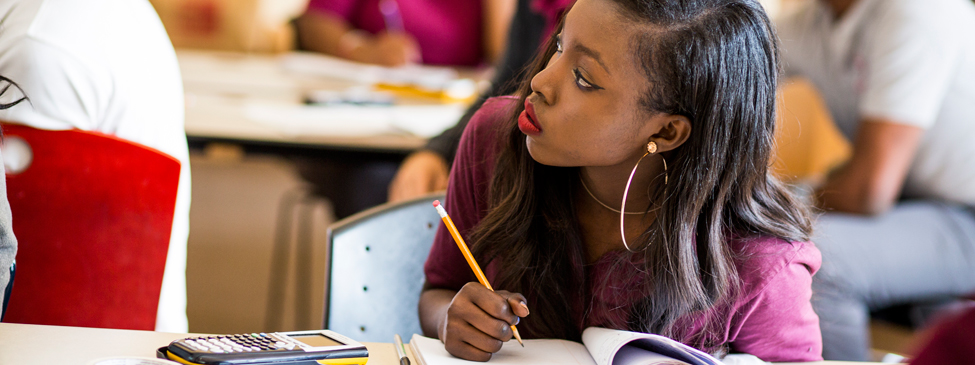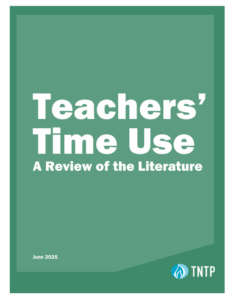Our public education system rests on an unstated bargain between schools and families. Parents pay their taxes, buy pencils and three-ring binders, get their kids to school every day, keep tabs on homework, and attend parent-teacher conferences. They do all this so their children can earn a high school diploma—the ticket to success in college. It’s the path poll after poll tells us most parents want for their kids.
Put yourself in one of these parents' shoes. You and your child did everything your schools asked of you for 12 years. You read every single report card that said your child is right on track academically. You proudly attend his high school graduation and watch him walk across the stage with that coveted diploma.
[subscribe]
But when your child gets to college, you find out that he’s not actually ready for college-level work. He’ll need to take remedial classes, which means more tuition and delays so he can learn skills his schools said he’d already mastered. That diploma you both worked so hard to earn turned out to be an empty promise.
This is the harsh reality for millions of parents and students every year. Only about 30 percent of public school students graduate from high school truly ready for college. As a result, according to one estimate, a staggering 60 percent of African American and Latino students are shunted into remedial college classes, along with about 40 percent of white and Asian students. The overwhelming majority of these students never graduate. I recently heard a story from a high school teacher in Florida who said that three recent valedictorians at her school have dropped out of college.
The students caught in this shameful expectations gap—between what’s expected of them in the classroom compared to the real world—are supposed to be our success stories. They’ve been assured by their schools that they are ready for college. The fact that they’re not doesn’t stem from any lack of effort or engagement. We can’t claim their families aren’t supportive enough. We can’t blame the situation on intractable problems like poverty.
Instead, we have to face the fact that we in the education system aren’t holding up our end of the bargain. After all, students don’t choose whether (or how well) their state implements college-ready standards, or assign themselves middle school-level work in high school. The adults running schools and school systems made all those choices. It’s as if we are training powerlifters to lift 500 pounds, only to have them reach the Olympics and realize they need to lift 750 pounds to even qualify for the competition.
This is exactly the problem the Common Core standards were designed to solve. The standards spell out exactly what kids need to learn in order to graduate ready for success in college, replacing a hodgepodge of older state standards that set the bar much lower. They exist so that students and parents can trust that graduating from high school really means being ready for college.
[related]
That’s why it’s so sadly ironic that ideologues on both sides of the aisle are already using the NAEP scores announced last week as ammunition in their misguided fight against higher expectations for students and schools. The NAEP scores—just like the results from new Common Core-aligned tests that have rolled in over the last couple months—aren’t an indictment of college-ready standards. They’re the latest evidence of how urgently we need to help students meet them.
Our best hope for preparing students to lift those heavy academic weights is to focus on even more effective implementation of the Common Core, along with rigorous standards in other subjects (like the Next Generation Science Standards). Luckily, there are many educators—like that teacher in Florida—who agree. They see the disturbing data on college readiness as a challenge to double down on raising standards, improving assessments, and strengthening their own instruction, so that high school diplomas mean what we’ve promised families they will mean.
We should do everything we can to support these teachers and principals in their efforts. That starts with acknowledging the real problem buried in the results from NAEP and other tests: We have not kept our promise to students who are holding up their end of the educational bargain, and it’s time to face up to it.








